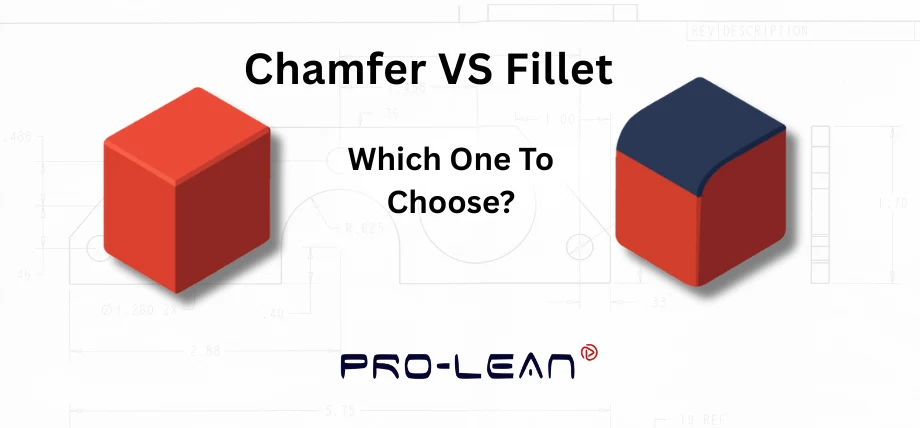
Chamfer VS Fillet
Fillet and chamfer are two essentials in part design that you must understand when working in mechanical engineering and CNC machining.
Fillet and chamfer are edge treatments of machined parts to facilitate increased functionality, aesthetic value, or a safe working environment.
Nonetheless, the decision between fillet and chamfer can significantly influence the manufacturing process, machining time, and the final product’s performance.
This article will discuss the differences between fillet and chamfer, their applications, and how to make informed decisions while documentation and machining operations are performed.
What is a Chamfer?
A chamfer is an angled or sloping edge that connects two surfaces; it generally has an angle of 45 degrees but can take other shapes too.
A common and basic type of bevel removes sharp edges from the corners of a part, creating a beveled edge.
Chamfers are widely applied in CNC machining to remove sharp edges for safety in handling and to help assemble mating components.

Chamfered Edge
How to Create a Chamfer Edge Design
In CNC machining, a chamfer edge can be generated to the desired angle using a chamfer tool (end mill or a chamfer mill). Because a chamfer can often be machined in one operation using a single tool, the process is simple and minimizes machining time, making them faster to produce than fillets.
An exterior chamfer, for instance, is put on the outer edges of a part, while an inner chamfer is used on interior corners. It is flexible, and different sizes of chamfers are possible in design and machining.
Designers may define the angle and size of the chamfer, but the most common angles are 30 to 60 degrees, often detailed in 3D drawing interpretations.
Chamfers also work well for prototyping and on-demand manufacturing since they are easy and fast to machine (and compatible with CNC milling, and other CNC machining processes). In 3D printing, their benefit is mainly geometric simplification of part design.
A chamfer, for example, is used when the part must not have a real sharp edge or is needed on interfacing parts to allow a smooth transition.
What is a Fillet?
A fillet is a rounded or curved edge that replaces a sharp corner with a concave curve, typically defined by a radius. While a chamfer is an angled edge, a fillet creates a smooth and continuous transition between two surfaces.
Fillets are commonly utilized in mechanical engineering applications to minimize stress concentration, increase load-carrying capacity, and enhance the appearance of machined components.
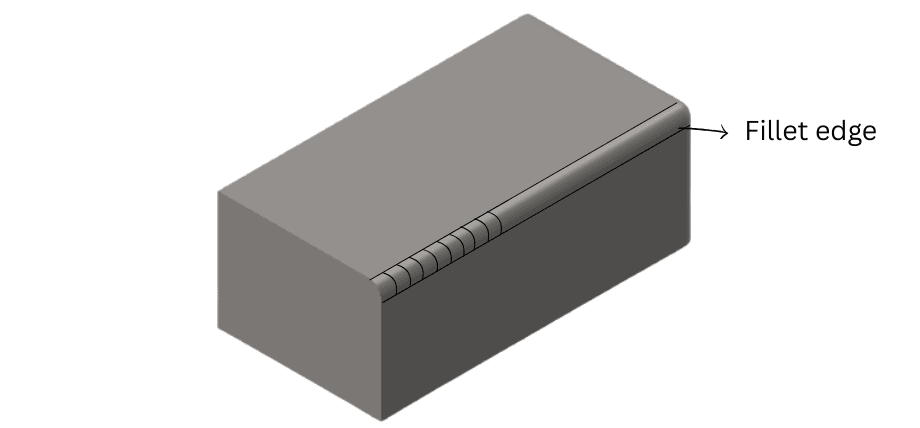
Fillet Edge
How to Use Fillets in CNC Machining
Fillets in CNC machining are made using tooling such as ball-end mills or corner-radius end mills. The size of the curve is defined by fillet radius, and it is up to the designers to specify the radius size according to the part’s requirements.
If machining time is critical, avoid using fillets as they generally take longer than a chamfer, which can often be produced in a single pass.
However, in most cases, the added time to machine a fillet is worth the tradeoff in increased durability, particularly in high-stress applications.
Fillets are highly important in engineering because they help distribute stress evenly through the part. A radius fillet can easily lower the stress concentration in the corner of a part, making it the best choice for load-bearing components.
What are the Differences Between Fillet and Chamfer?
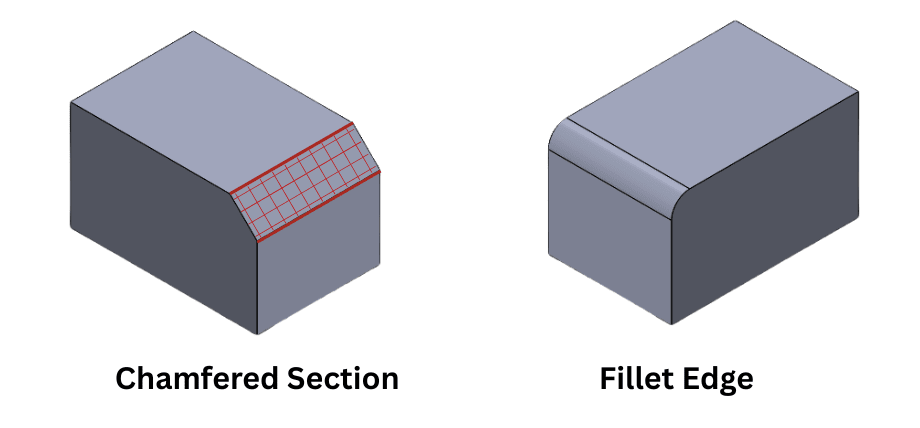
Chamfered and Fillet Edge on Identical Parts
Understanding and recognizing the distinction between fillet and chamfer is an essential aspect of successful part design. Both serve to round off the edges of a part, but are visually and functionally different.
Visual Differences: Fillet vs. Chamfer
A fillet is a rounding of an interior or exterior corner of a part, which can either be a concave or convex radius that connects two surfaces.
Unlike edges, a chamfer is formed at an angle, making a flat beveled surface. A fillet looks rounded and organic, while a chamfer looks sharp and geometric.
The visual differences have aesthetic considerations too; fillets are typically chosen for a more soft-refined appearance, and chamfers are selected for a clean-utility appearance.
Functional Differences: Why Choose One Over the Other?
The part’s function will help determine whether a fillet or a chamfer is appropriate. Because of their curvature, fillets are better at decreasing stress concentration, providing relief around the part instead of simply on two edges.
This makes them suitable for high-stress concentration parts, like structural supports or rotating shafts. Another goal is to eliminate sharp edges, making the actual models safer to handle and easier to use together with mating parts.
A common example for chamfer edge is where bolts or screws sit flush with a surface, offering functionality.
Chamfers also require less time and money for the machining process than fillets, as you can create a chamfer with one tool and fewer passes.
On the other hand, a fillet offers greater fatigue resistance, making it the sought-after choice in instances of critical sturdiness.
When should you use a fillet or chamfer in design?
The decision between fillets and chamfers is difficult and involves a trade-off between looks, function, and manufacturing cost. Here are some key factors for each.
Choosing Between Fillet and Chamfer for Aesthetics
Part design may depend a lot on aesthetics, especially with consumer-facing products. In this case, the most visually appealing option is the right choice.
The fillets produce a smooth and clean profile that improves a part’s aesthetic quality, making them the best option for products with as much form as function.
Chamfers, however, also add a sharp, contemporary look that works well with industrial or minimalist decorations.
A chamfer might be preferred on a machined part where a sharp, geometric appearance is desired, while a fillet is preferred where a softer, organic appearance is desired.
Using Fillets to Reduce Stress Concentration
A primary reason for applying fillets is to lower the stress concentration at the part corners. High-stress concentration at sharp corners can cause cracks or premature failure under load.
A fillet design will alleviate this by forming a smooth transition that allows stress to be distributed more evenly across the component, especially in common machining materials.
A fillet is commonly used in CNC (Computer Numerical Control) machining, which helps manufacturers boost the performance of load-bearing components, brackets, or gears, among other things.
Using Chamfers to Eliminate Sharp Edges
Chamfers are great at removing sharp edges, which makes parts more straightforward to handle and puts them together more easily.
Chamfer refers to an edge cut off at a 45-degree angle to smoothen the instance where two edges meet, to reduce the risk of injury while handling, and allowing fitted parts to slot together properly.
For example, a chamfer is selected for holes or slots where screws or pins are placed since the angled edge helps guide the components into position.
Fillets can also be more challenging to create in 3D printing, as they need more accurate control of the turning radius where two surfaces meet—chamfers are easier to slice and print thus, in general, easier to manufacture, depending on tolerances in machining.
How Do Fillets and Chamfers Affect Machined Parts?
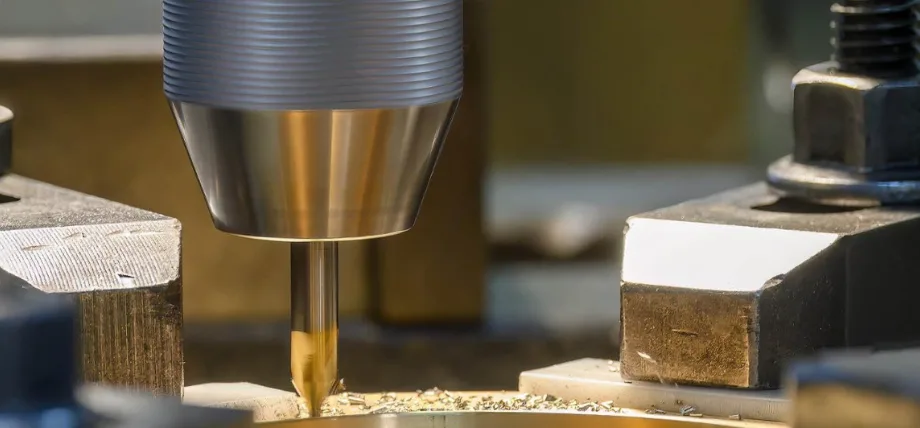
Chamfered Part of A Jig
Fillets and chamfers are added for different effects on the machined part, such as performance, strength, and manufacturability.
Impact on Strength and Durability
Fillets help to improve part strength and performance by reducing stress concentration. The smooth and rounded edge of a fillet better distributes stress than a sharp corner, boosting the load-bearing capacity of the part.
While a chamfer doesn’t offer the same structural advantages as a fillet. Chamfers are great for removing sharp edges, a fillet is not an appropriate choice for areas that require only edge deburring.
Effects on CNC Milling and Machining Time
Compared to fillets, chamfers are typically quicker and less costly to manufacture in CNC milling. It can be machined using one tool, in one pass, which helps reduce the machining time and overall product costs.
Fillets often require multiple passes or special tools, like corner-radius end mills, that can increase machining time.
Regarding bulk production, using a chamfer instead of a round profile can significantly reduce costs, making it especially well-suited for CNC machining or even 3D printing processes.
Influence on the Performance of Mating Parts
Fillets and chamfers enhance the performance of mating parts, but in different ways. Chamfer edges allow parts, like bolts, pins, or connectors, to be lined up or inserted.
While less common in mating surfaces, fillets can make assembled parts last longer by spreading the load on the joint.
Designers must consider the assembly requirements when determining whether to use filleting or chamfering.
Common Mistakes When Choosing Between Fillet and Chamfer
Fillet and chamfer selection should be carefully chosen because the wrong one can lead to poor performance or increased manufacturing costs.
Overlooking Stress Distribution in Design
A common mistake is failing to distribute stress in high-load applications. A designer may select a configuration with a chamfer for its simplicity, unaware of a fillet’s advantages to reduce stress concentration. This may produce parts that wear out prematurely when stressed.
This can be avoided through fillet design for components under cyclic loading or high-stress concentration, which engineers must consider.
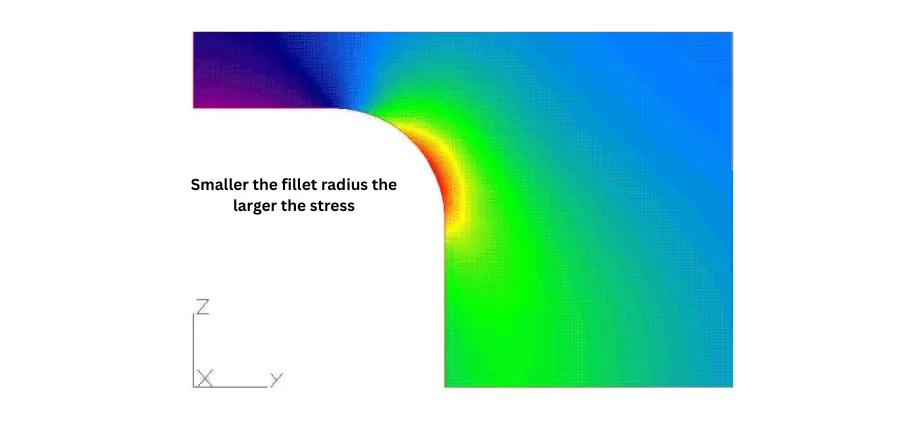
Stress Distribution Reduces With Fillet
Misunderstanding the Manufacturing Process
A second mistake is misunderstanding the manufacturing process and its limitations. For example, a small fillet radius in CNC machining may require expensive, time-consuming tooling, whereas a chamfer can be made much easier.
One example from traditional manufacturing to modern technology is the deliberation of a fillet vs a chamfer in 3D printing — fillets can be exceptionally difficult to create in 3D printing due to layer resolution constraints, thus a chamfer can sometimes be the most appropriate design choice.
Ignoring Aesthetic Considerations
Many product designers often favour functionality over aesthetics. However, aesthetics have a massive impact on a product’s appeal.
Chamfering, where a fillet adds aesthetic value to the part or vice versa, can hurt the overall attractiveness of the design.
Fillet or chamfer: designers can choose between these options based on product usage and target audience.
Conclusion
The decision between fillets and chamfers in CNC machining and part design is an important consideration for both aesthetics and functionality, as well as for optimizing part manufacturing costs.
Fillets are adept at stress concentration minimization and durability improvements, which makes them great for load-bearing elements.
Regarding beveling edges, chamfers are great for knocking down sharp edges, increasing safety, and minimizing machining time.
Finally, designers must know the differences between fillet and chamfer to make informed decisions, enabling their parts’ best performance and manufacturability. CNC milling, 3D printing, or other manufacturing processes come down to the right edge treatment.
DFM Support For Your Part Manufacturing at Prolean-Tech
Prolean-Tech is an advanced CNC machining service that serves various industries, from prototyping to high-volume part production. Prolean-Tech also offers design for manufacturing support for projects, resulting in more efficient part production and cost savings.
Request a free quote today!
FAQ
What is the difference between a chamfer and a fillet?
A chamfer is a straight, flat, angled cut applied at the intersection of two surfaces, and a fillet is a rounded edge defined by a radius. They, for example, utilize chamfers to remove sharp edges and assist with assembly, as well as fillets that minimize stress concentration and add strength.
Is a chamfer always cut at 45 degrees?
No, a chamfer is not necessarily cut at 45 degrees. Although 45 degrees is the standard, chamfers may be machined at other angles (i.e., 30 or 60 degrees), depending on the design specifications.
What is the difference between fillet and chamfer fusion?
In Fusion and other CAD software, fillet and chamfer mean the same edge treatment operations you find in machining. A fillet creates a rounded edge with a defined radius, and a chamfer creates an angled edge.
Is fillet or chamfer better for 3D printing?
Chamfers are far less troublesome overall and tend to be easier to produce more accurately due to the layer-by-layer setup of 3D printing. Fillets require more control than lower-resolution printers can achieve. However, fillets may be better in places where a reduction in stress concentration is required, as long as the precision needed is achievable on your printer.

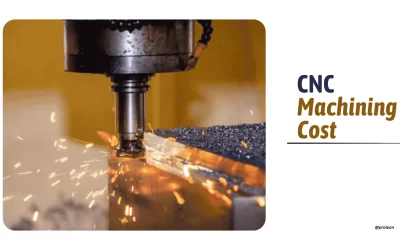
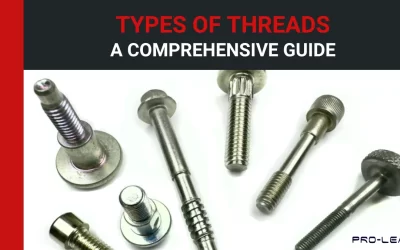
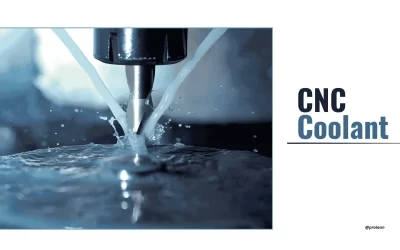
0 Comments